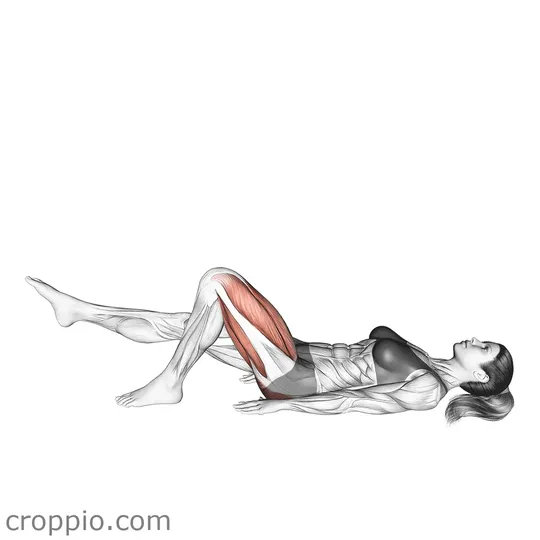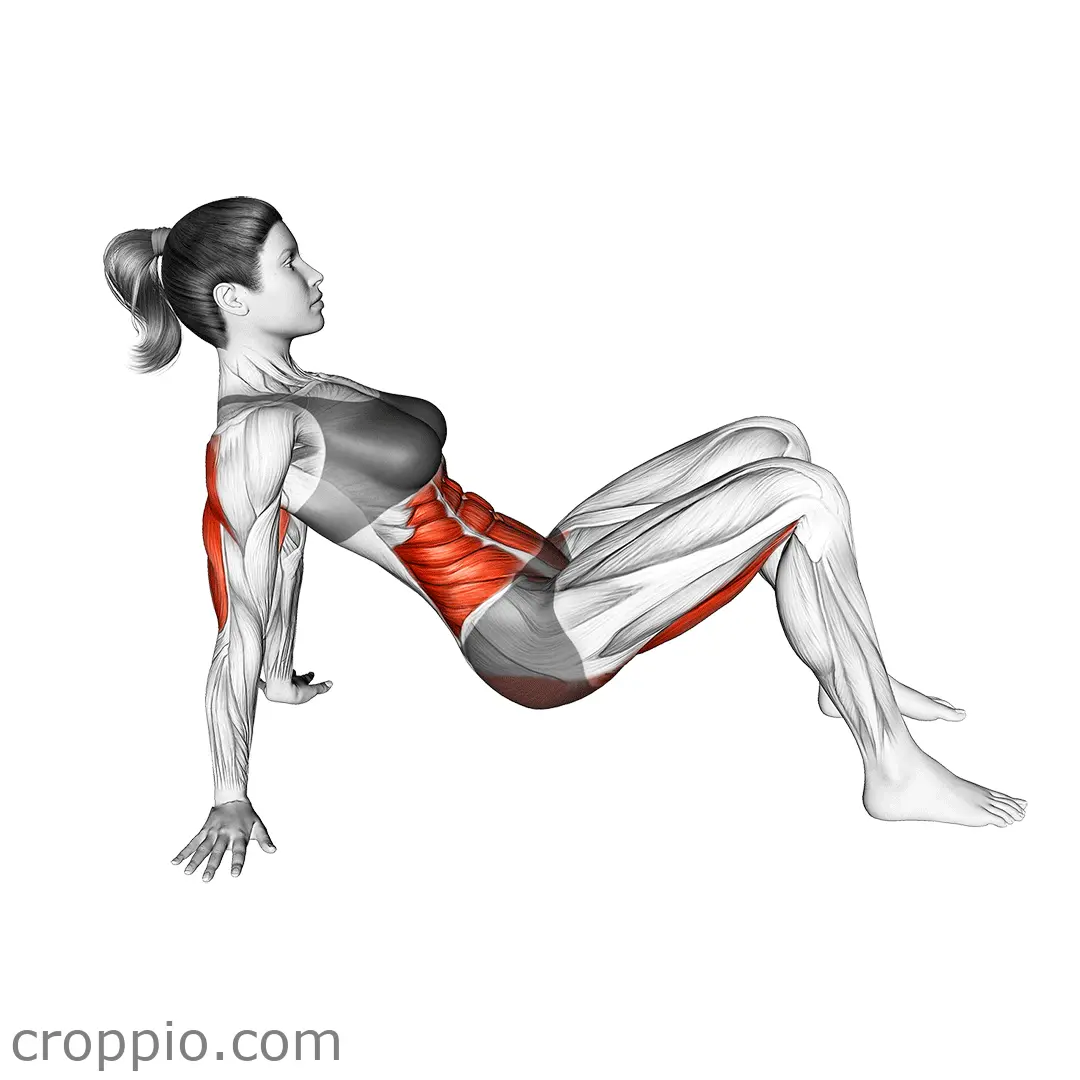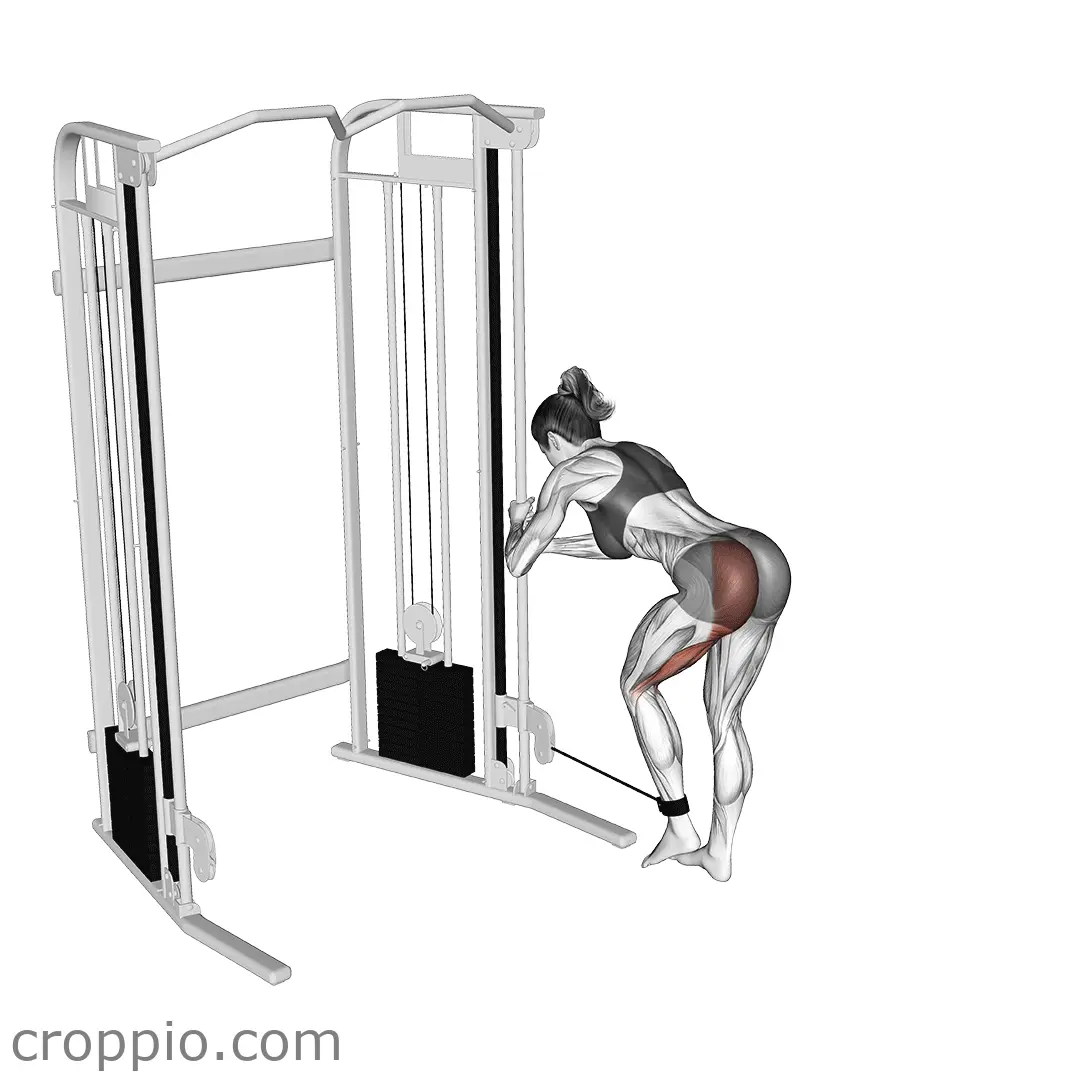Single Leg Glute Bridge

Muscles Involved
The single leg glute bridge primarily targets the gluteus maximus, helping to enhance its strength and stability. As the name suggests, this exercise emphasizes one leg at a time, which increases the intensity on the working glute. Additionally, the hamstrings, located at the back of the thigh, and the core muscles are also engaged to maintain balance and stability throughout the movement. The secondary muscles activated include the hip extensors and the quadriceps, which assist in powering the lift and stabilizing the pelvis.
Top Mistakes
- Insufficient Hip Extension: Failing to lift the hips high enough reduces the effectiveness of the exercise.
- Arching the Lower Back: This can lead to unnecessary tension and potential injury; instead, aim to keep the spine neutral.
- Relying Too Much on Momentum: Using a quick, jerky motion compromises the exercise's effectiveness. Focus on controlled movements.
- Inadequate Activation of the Glute: If the working glute is not fully engaged, you might not achieve the desired muscle activation.
Execution Tips
- Starting Position: Lie on your back with your knees bent, feet flat on the floor, and arms at your sides. Lift one foot off the ground and straighten the corresponding leg.
- Engage Your Core: To protect your lower back, engage your core muscles before beginning the movement.
- Drive Through the Heel: As you lift your hips, focus on pushing through the heel of the foot that remains on the ground, rather than the toes.
- Hold the Position: At the top of the movement, pause for a second to maximize glute contraction before lowering your hips back down.
Workouts
The single leg glute bridge can be a versatile addition to various workout routines. Beginners can start with 2-3 sets of 8-12 repetitions per leg, ensuring they maintain proper form. As strength improves, increase the sets or reps, or add a resistance band around the thighs for extra challenge. This exercise pairs well with complementary movements such as squats, lunges, and deadlifts, forming a comprehensive lower body workout.
Conclusion
Incorporating the single leg glute bridge into your training regimen offers numerous benefits, including improved glute strength, enhanced athletic performance, and better stability of the pelvis and core. By targeting each side individually, it helps in correcting muscular imbalances and can significantly improve functional movements. Remember to focus on form and gradually increase the challenge to reap the maximum rewards from this effective exercise.



